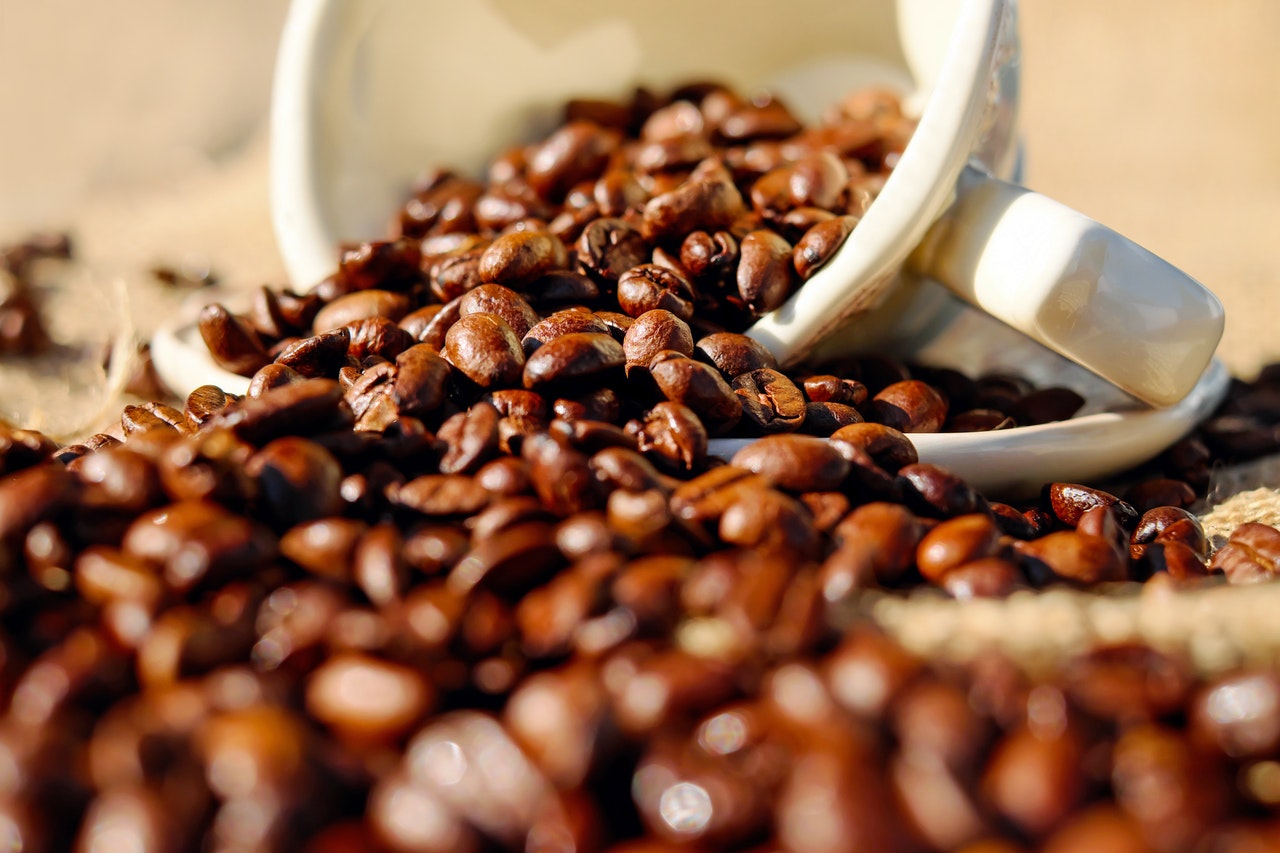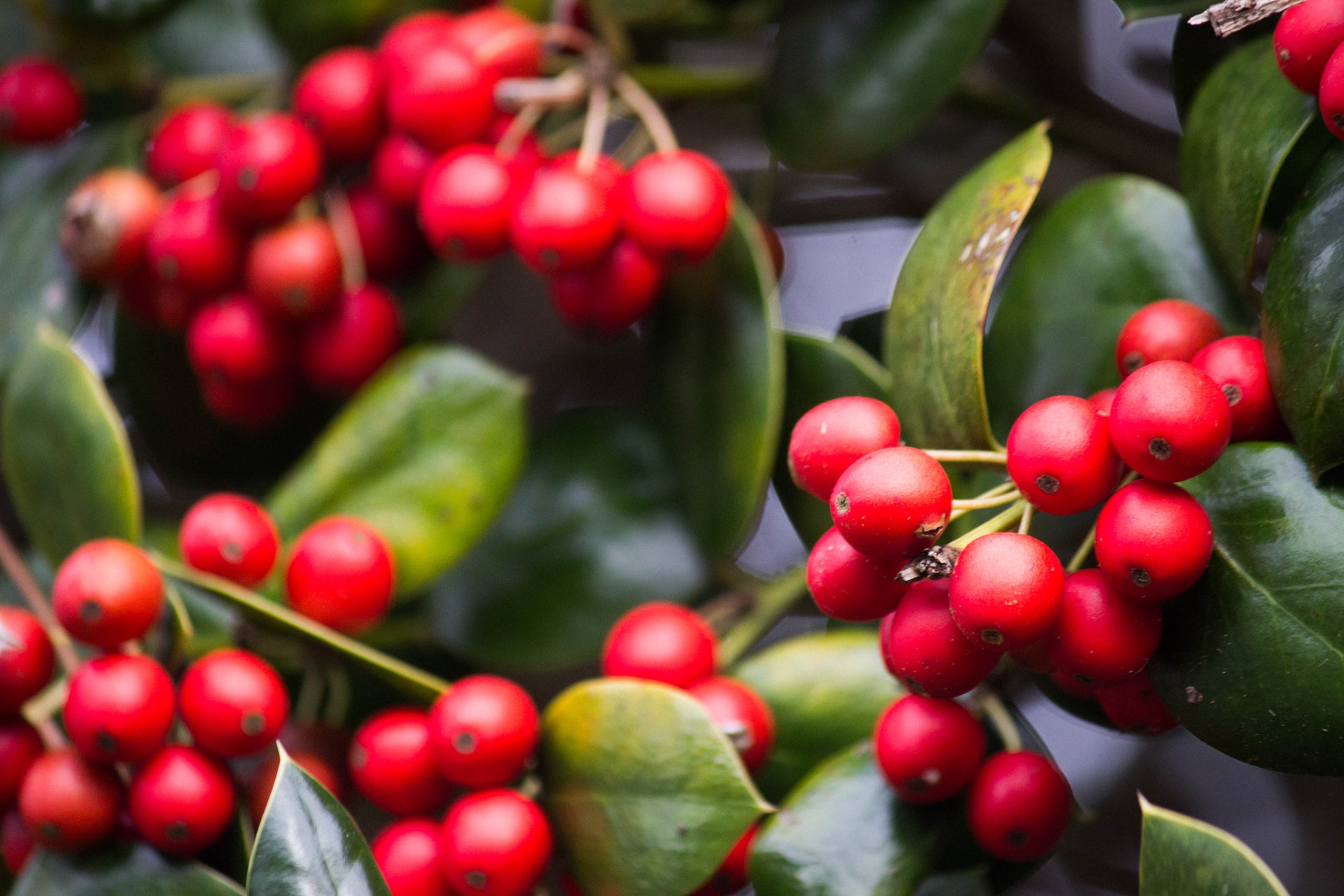What exactly is third wave coffee?
More likely than not, you or someone you know have come across the phrase, “third wave coffee” in one form or another. So what exactly does it mean? And if there is a third wave, what were the first and second waves? The experts don’t usually agree in its definition but there are certain points that everyone accept as facts.
The first wave came in the 1960s, when for the first time ever, coffee became widely accessible to the general market. Its consumption grew exponentially because it was affordable and mass produced. The downside? Taste and quality were generally disregarded.
The second wave came when coffee started to become a luxury product rather than a necessity. Its quality went up and companies, such as CBTL, Seattle’s Best and Starbucks, started running coffee shops as lucrative businesses. During this period, the importance of the entire supply chain, from producers to consumers came into focus. And both buyers of green beans and eventually the consumers, started to pay attention to where and how coffee was produced.
So if that’s the first and second wave, what’s the third wave?
Third wave coffee treats coffee beans as an artisanal ingredient and seeks to convey the flavor in the brewed coffee. In other words, it is now more than a commodity. It is all about increasing coffee quality, more direct trade, a greater emphasis on sustainability, lighter roast profiles, and innovative brewing methods.
It is all about making consumers feel special. Partly customer service, partly sharing the story behind the cup. Where did it come from, who roasted it and how was it brewed.
To sum it up in one line: third wave coffee is an experience.





